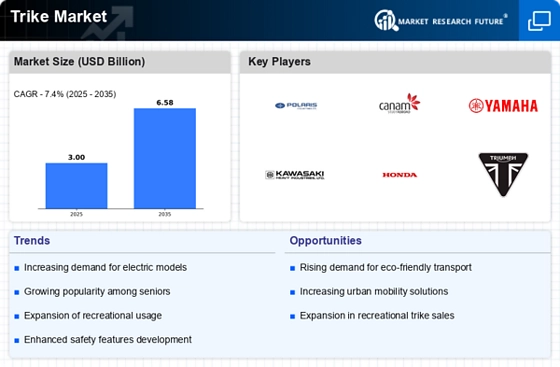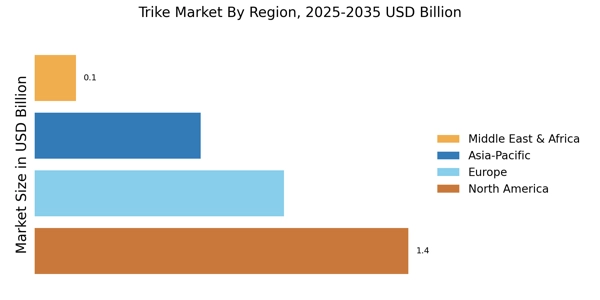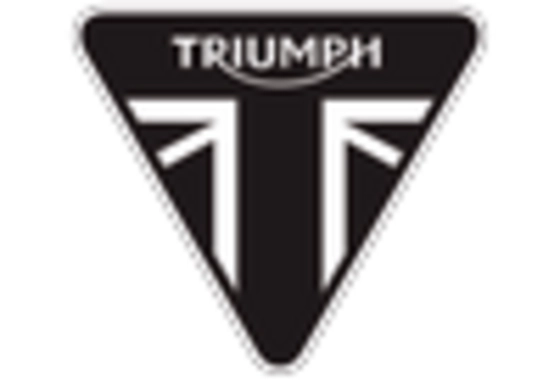The Trike Market is currently characterized by a dynamic competitive landscape, driven by innovation, consumer demand for versatile recreational vehicles, and a growing emphasis on sustainability. Key players such as Polaris Industries Inc (US), Can-Am (CA), and Yamaha Motor Co Ltd (JP) are at the forefront, each adopting distinct strategies to enhance their market positioning. Polaris Industries Inc (US) focuses on expanding its electric vehicle offerings, aiming to capture the environmentally conscious consumer segment. Meanwhile, Can-Am (CA) emphasizes performance and customization, appealing to enthusiasts seeking personalized riding experiences. Yamaha Motor Co Ltd (JP) is investing heavily in technological advancements, particularly in integrating smart features into their trikes, which enhances user experience and safety. Collectively, these strategies not only intensify competition but also drive innovation across the market.
In terms of business tactics, companies are increasingly localizing manufacturing to reduce costs and improve supply chain efficiency. This approach appears to be particularly effective in regions with high demand for trikes, allowing for quicker response times to market changes. The competitive structure of the Trike Market is moderately fragmented, with several players vying for market share. However, the influence of major companies remains substantial, as they set trends and standards that smaller manufacturers often follow.
In August 2025, Polaris Industries Inc (US) announced the launch of its new electric trike model, which is designed to cater to the growing demand for eco-friendly vehicles. This strategic move not only positions Polaris as a leader in the electric trike segment but also aligns with global sustainability trends, potentially attracting a new customer base that prioritizes environmental impact. The introduction of this model could significantly enhance Polaris's market share and brand reputation.
In September 2025, Can-Am (CA) unveiled a new customization platform that allows customers to design their own trikes online. This initiative is likely to strengthen customer engagement and loyalty, as it empowers consumers to create a product that reflects their personal style. By leveraging digital tools, Can-Am is not only enhancing the customer experience but also differentiating itself in a competitive market where personalization is increasingly valued.
In October 2025, Yamaha Motor Co Ltd (JP) revealed its partnership with a leading tech firm to integrate advanced AI features into its trike models. This collaboration aims to enhance safety and navigation systems, which could set a new benchmark in the industry. By focusing on technology integration, Yamaha is likely to attract tech-savvy consumers and reinforce its position as an innovator in the Trike Market.
As of October 2025, the Trike Market is witnessing a shift towards digitalization, sustainability, and technological integration. Strategic alliances among key players are becoming more prevalent, fostering innovation and enhancing competitive advantages. The current landscape suggests a transition from traditional price-based competition to a focus on differentiation through technology, innovation, and supply chain reliability. This evolution indicates that companies that prioritize these aspects are likely to thrive in the increasingly competitive environment.


















Leave a Comment